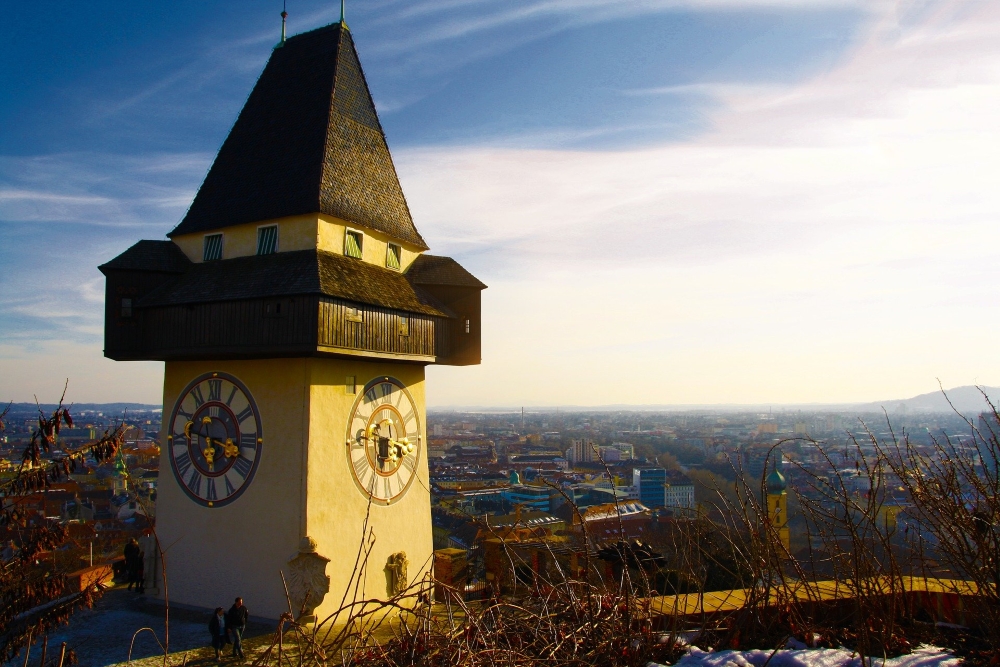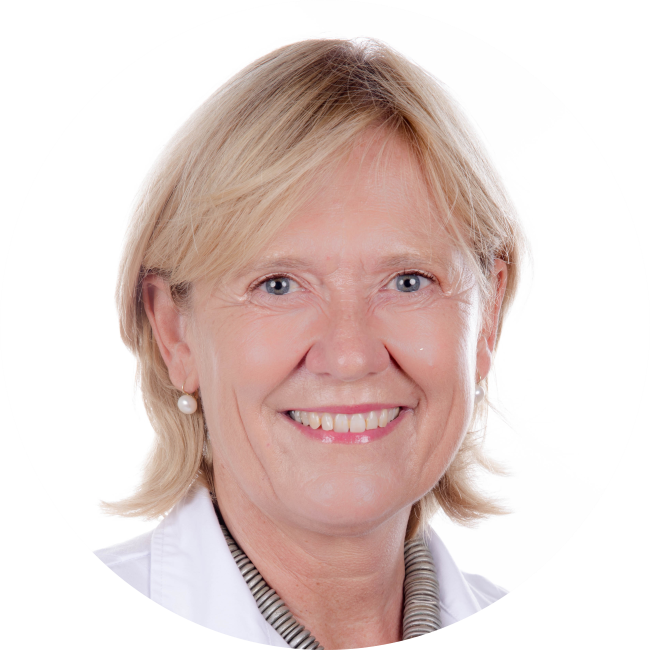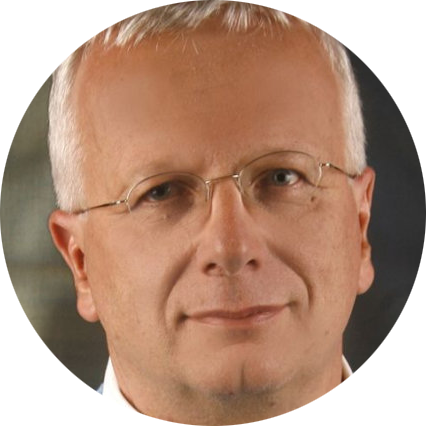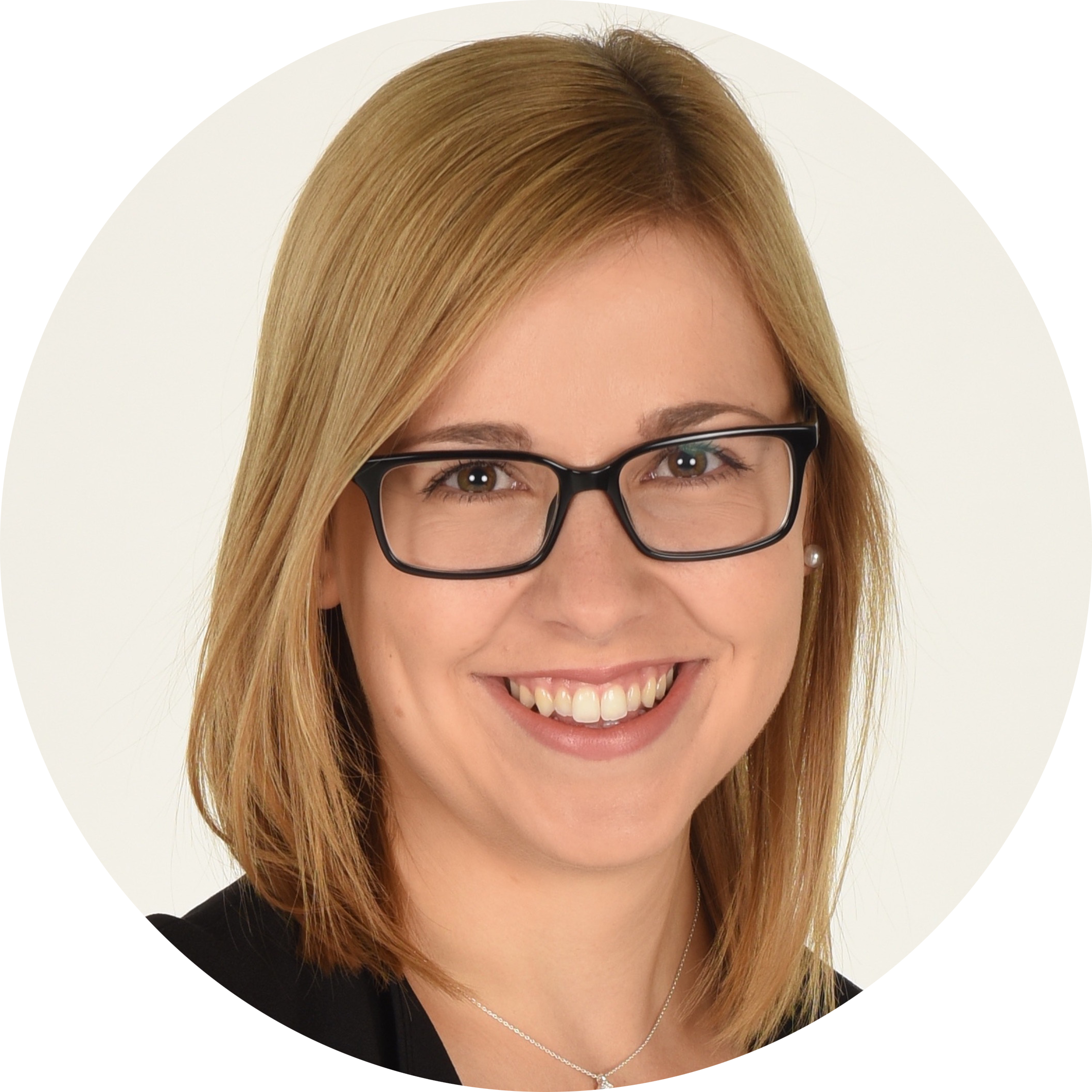
Here are the instructions how to enable JavaScript in your web browser
The VIGOUR project region Styria is located in the southeast of Austria, covers about 16.400 km² and has a population of about 1.24 million inhabitants with an average life expectancy of 79.5 years in men and 84.6 years in women. The Styrian landscape is characterized by its diversity ranging from the alpine North with mountains, pastures and mountain lakes to the soft hills in the South representing the culinary richness around wine, apples and pumpkins. Seen from an economic perspective, the industrial sector, tourism and agriculture are principal fields of economic activity.
With focus on the regional pilot scheme, the Styrian nursing homes represent a major contribution factor in health and social care provision. The 225 long-term care facilities are very heterogeneous when it comes to structure (responsible body) and size, with 65 non-profit, 124 privately-commercially run and 36 public nursing homes. In 2016, 17.963 persons were cared for in the Styrian nursing homes (independent of their length of stay), with over one third of the inhabitants being older than 85 years.
Major challenge in this regard is the outstanding heterogeneity across the region where forms of cooperation/integration and day-to-day practice in the facilities vary from each other. Therefore, focus is to be laid on communication and inter-professional approaches.
"Within VIGOUR, our major aim is to foster integrated care in long-term care facilities by building on interdisciplinary nutritional care for the benefit of the inhabitants."
In the framework of VIGOUR, it was planned to implement an inter-professional platform for nutrition in long-term care in three selected nursing homes across the region. It was the aim to integrate professional capacities of nurses, cooks, allied health professions such as dieticians and/or physiotherapists and GPs to personalize the care of older nursing home residents. Vertical integration was supported by regular and structured interdisciplinary team meetings in the nursing homes and by improving and expanding the information and communication transfer among the health and social care team members within the already existing technical infrastructure.
Prof. Regina Roller-Wirnsberger, MD MME: regina.roller-wirnsberger@medunigraz.at
Prof. Gerhard Wirnsberger: gerhard.wirnsberger@medunigraz.at
Sonja Lindner, MA: sonja.lindner@medunigraz.at

vigour(at)empirica(dot)com
 |
 |
 |
| Prof. Regina Roller-Wirnsberger | Prof. Gerhard Wirnsberger | Sonja Lindner |